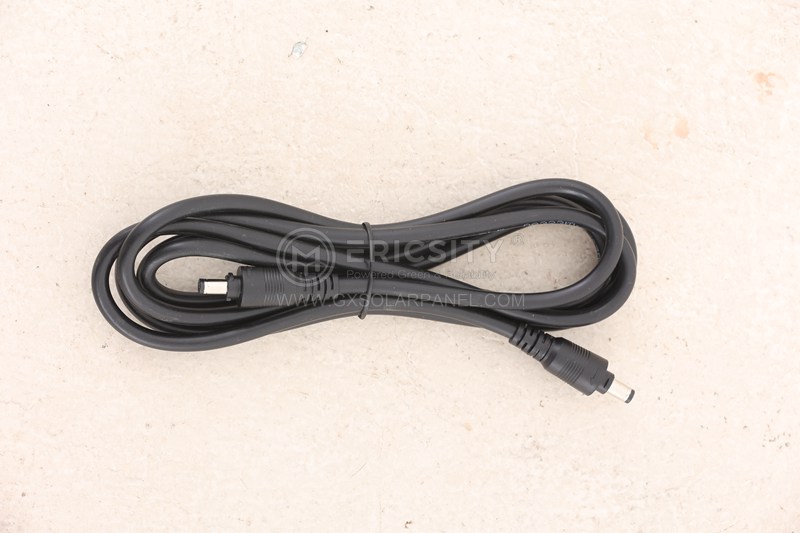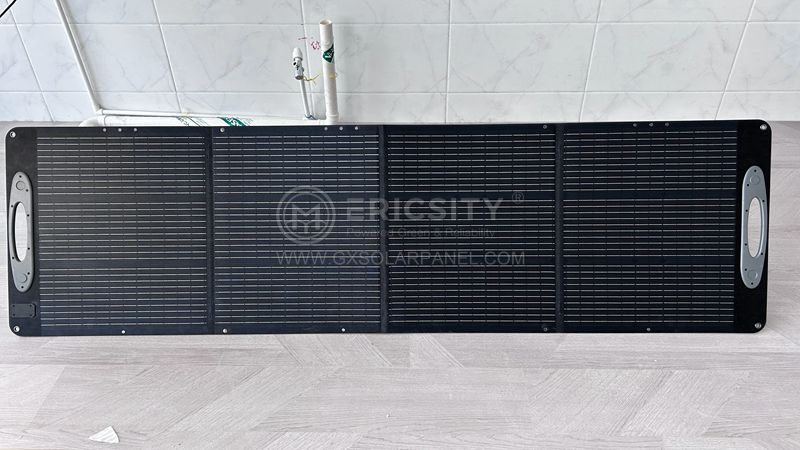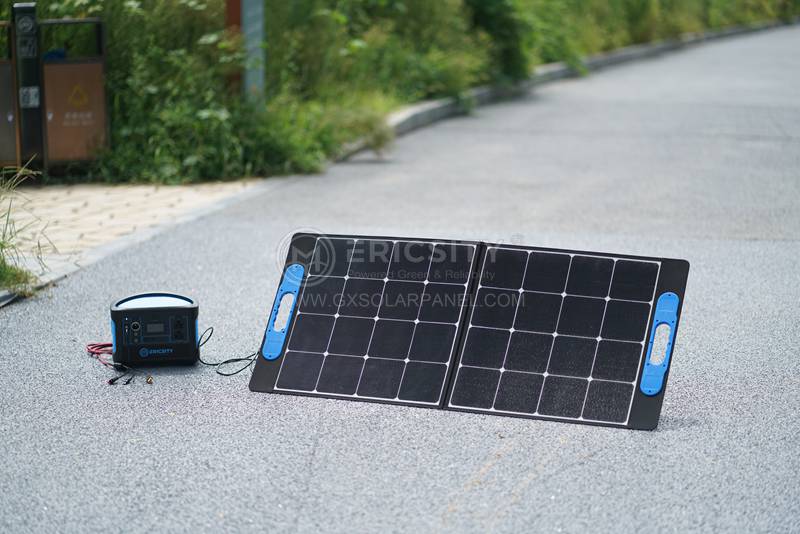HOT PRODUCT
Product Details
Budgeting For Solar: A Comprehensive Guide To Flexible Panel Costs
Title: Budgeting For Solar: A Comprehensive Guide To Flexible Panel Costs
Introduction:
Solar energy is becoming an increasingly popular and cost-effective option for homeowners and businesses looking to reduce their carbon footprint and save on energy bills. One of the key components of a solar-powered system is the solar panel. In recent years, flexible solar panels have gained traction due to their versatility and ease of installation. This comprehensive guide will delve into the various factors that affect flexible panel costs, ensuring you have a clear understanding of the budgeting process when incorporating solar energy into your project.
1. Types of Flexible Solar Panels:
Flexible solar panels are manufactured using different technologies, resulting in varying performance and costs. The two main types available are monocrystalline and thin-film panels.
– Monocrystalline Panels: These panels are made from a single crystal structure, offering higher energy efficiency and power output. Although relatively more expensive, they have a longer lifespan, making them a wise investment for long-term solar projects.

– Thin-Film Panels: Thin-film panels consist of a thin layer of semiconductor material, making them more flexible but less efficient than monocrystalline panels. They are generally cheaper, making them a feasible option if cost is a concern.

2. Panel Efficiency:
When considering flexible solar panels, it’s important to evaluate the efficiency rating. Efficiency determines how effectively the panel converts sunlight into electricity. Higher efficiency panels generally come at a higher cost but generate more power per square meter, maximizing energy production and potentially reducing the number of panels required for your project.

3. Power Output:
Power output refers to the amount of electricity the solar panel can generate. It is measured in watts (W) and is a crucial factor to consider when budgeting for your solar system. Determine your energy needs, and based on the average solar radiation in your region, calculate the number of panels required to meet your requirements. Remember, higher power output panels may have a higher upfront cost. However, they can significantly enhance the system’s performance and long-term savings.
4. Additional Installation and Hardware Costs:
In addition to the panel itself, budgeting for solar should also include other costs associated with installation and hardware. These include:
– Mounting system: Flexible panels require specific mounting systems, such as adhesive backings or flexible brackets. The cost of these systems may vary depending on the installation method chosen.
– Inverters and batteries: Inverters convert the direct current produced by the solar panels into usable alternating current electricity. Additionally, batteries may be needed to store excess energy for later use. These components can significantly impact the overall cost of your solar project.

– Wiring and cables: Proper wiring and cables are essential for connecting your solar panels to the inverter and electrical system. Ensure these costs are considered when budgeting.
5. Government Incentives and Financing:
When considering the cost of your flexible solar panel project, explore potential governmental incentives that can reduce the overall expense. These incentives can include rebates, tax credits, and low-interest financing options. Research local, state, or federal programs that may be available to you and assess their potential to offset project costs.
Conclusion:
Budgeting for solar involves careful consideration of a variety of factors, including panel type, efficiency, power output, installation and hardware costs, as well as potential incentives. By thoroughly understanding these components, you can make informed decisions and ensure your solar project aligns with your budget requirements. Incorporating flexible solar panels into your energy plan not only offers environmental benefits but can also provide long-term financial savings. So, embark on this sustainable journey confidently, armed with the knowledge necessary to budget effectively for your solar power project.




